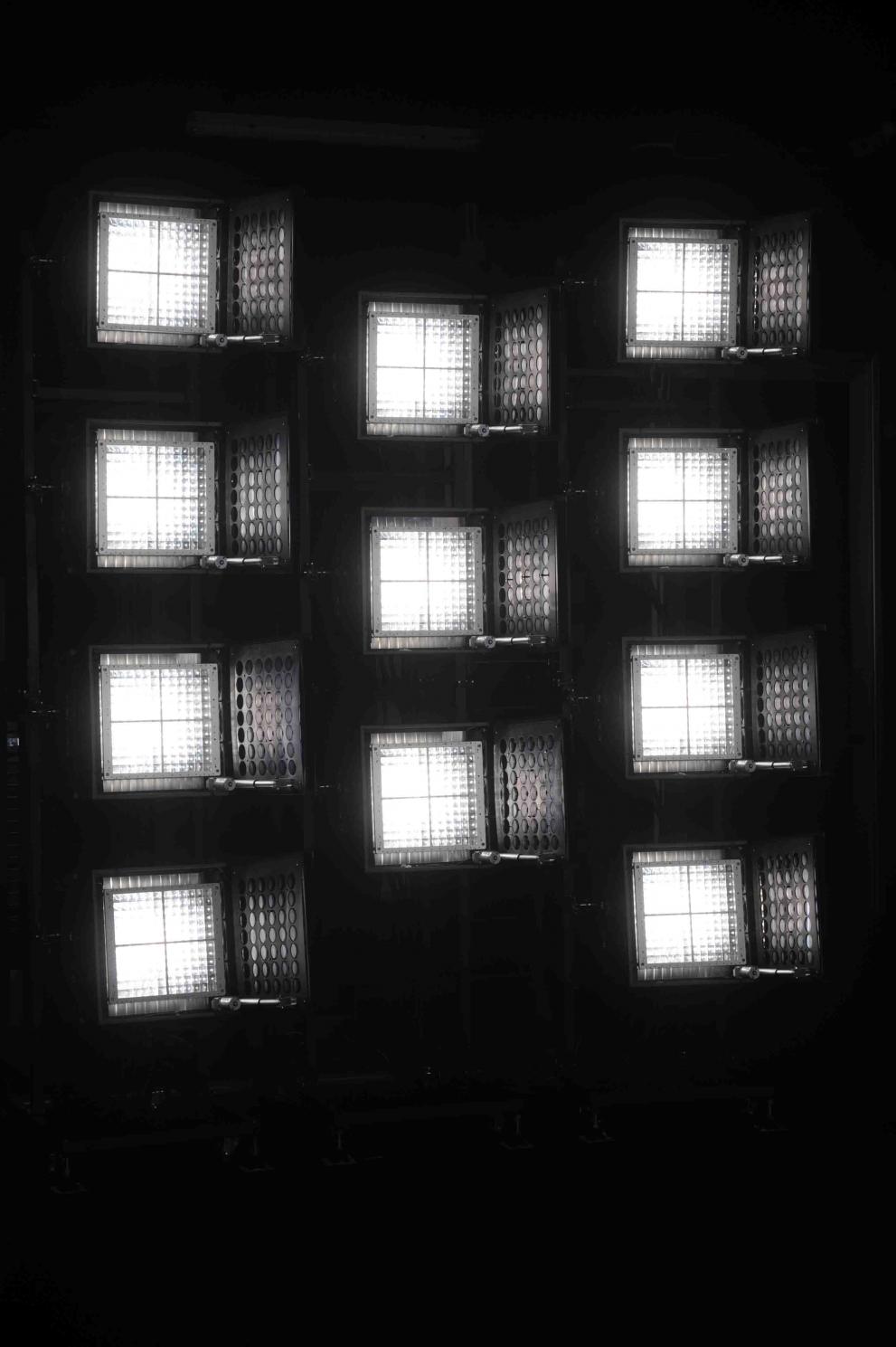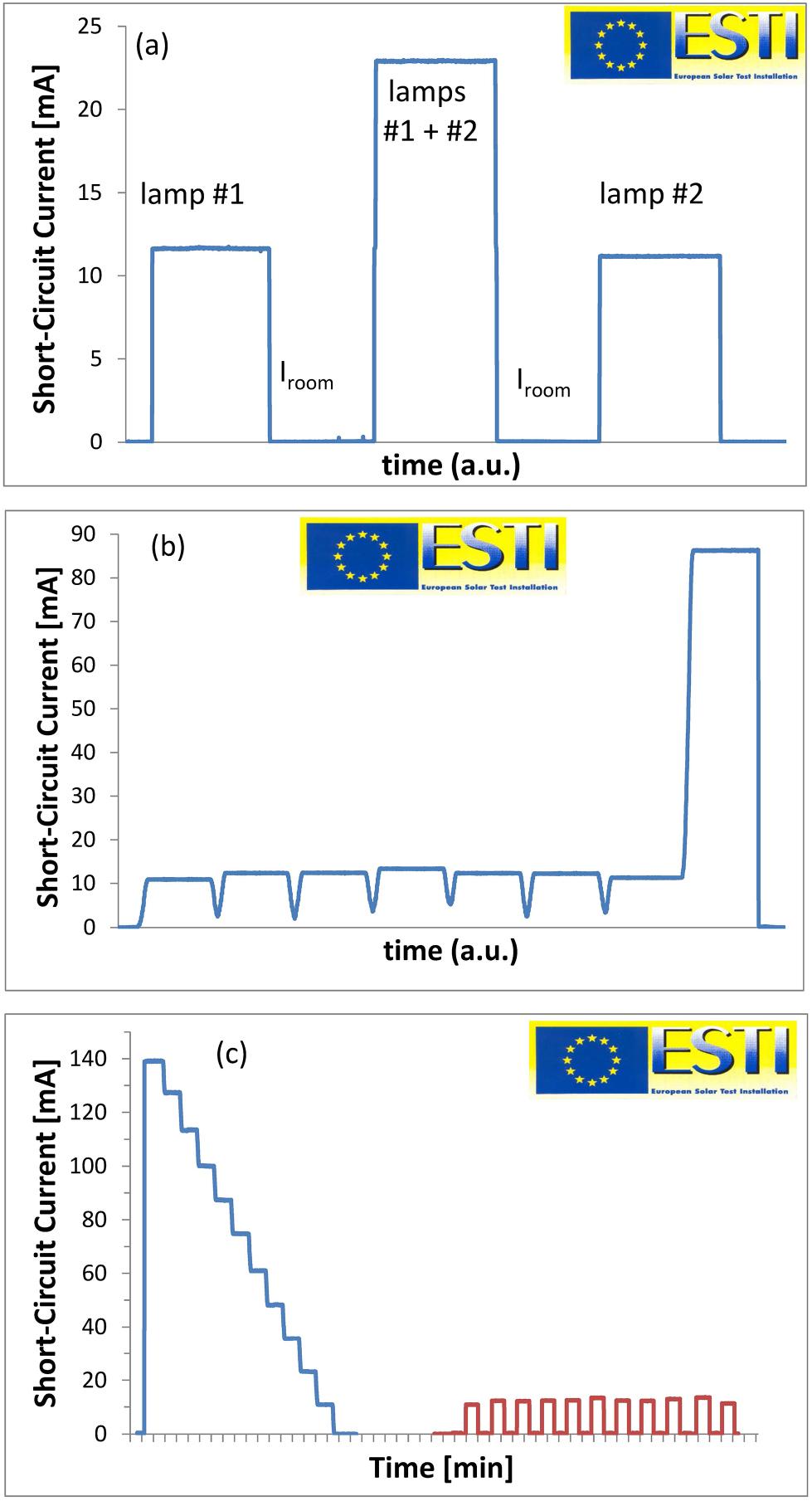
In a recent publication, JRC scientists presented an advanced method based on research at the European Solar Test Installation (ESTI) beyond the two-lamp method.
The developed method, new for photovoltaic (PV) application, allows the quantitative assessment of the proportionality between the output of a PV reference cell and the incident light intensity.
It is a primary method, i.e. it does neither require any a priori knowledge about the PV device under test nor another previously characterized device.
The measurement procedure is tailor-made to take advantage of the unique APOLLO solar simulator at ESTI (consisting of 13 Xenon lamps) such that the results ideally suit application in PV.
This concerns not only the light intensity range covered but also the detailed information within this range. Furthermore the publication presents a mathematical procedure for correction of observed deviations from proportionality.
This work will also be used as input for the respective international standard, which is currently being revised under JRC leadership.
Based on this work the characterization of PV modules over the light intensity range from 100 W/m2 to 1100 W/m2 will be more accurate, leading to more accurate predictions of the energy that can be produced by PV modules under real conditions. For the EU an estimated 130 TWh of PV electricity were generated in 2018, amounting to about 4.5% of the final electricity demand.

Background
Electric power generated by PV modules depends on the intensity of the light that illuminates them.
Traditionally PV modules were only measured at a single intensity of sunlight, namely 1000 W/m2 corresponding to Standard Test Conditions and occurring near midday under clear sky conditions.
However, the intensity of natural daylight varies during the course of the day and the year.
Therefore more recently it has become standard practise to characterise the electrical performance of PV modules over a range of light intensities, namely from 100 W/m2 to 1100 W/m2.
While it is relatively straightforward to vary the light intensity using a solar simulator in the laboratory, the accurate measurement of these light intensities is more complex.
A PV reference cell is typically used for this purpose, but it is important that its output is strictly proportional to the light intensity and that possible deviations are characterised so they can be corrected.
Related Content
Paper: Linearity of photovoltaic devices: quantitative assessment with N-lamp method
Details
- Publication date
- 24 May 2019
